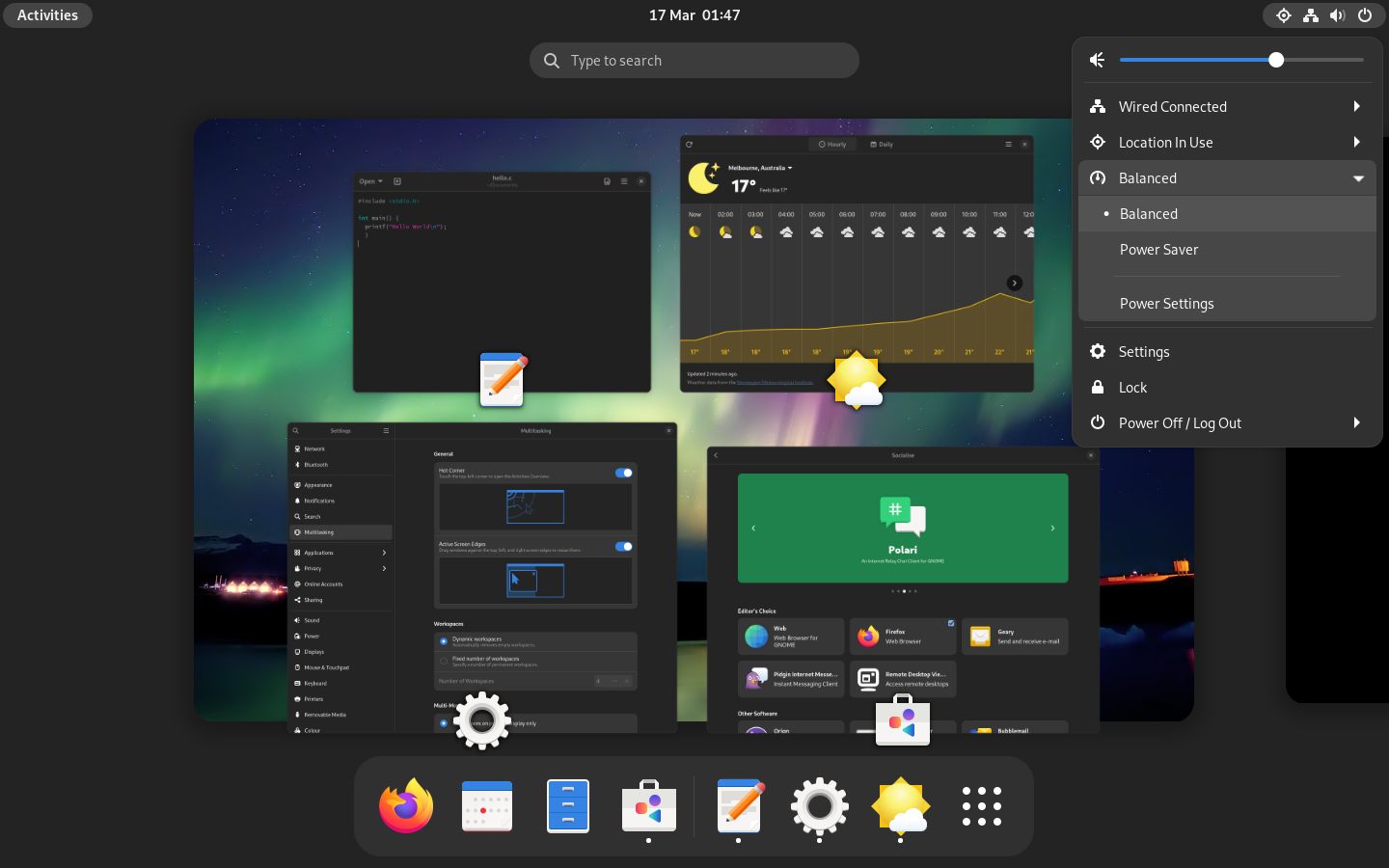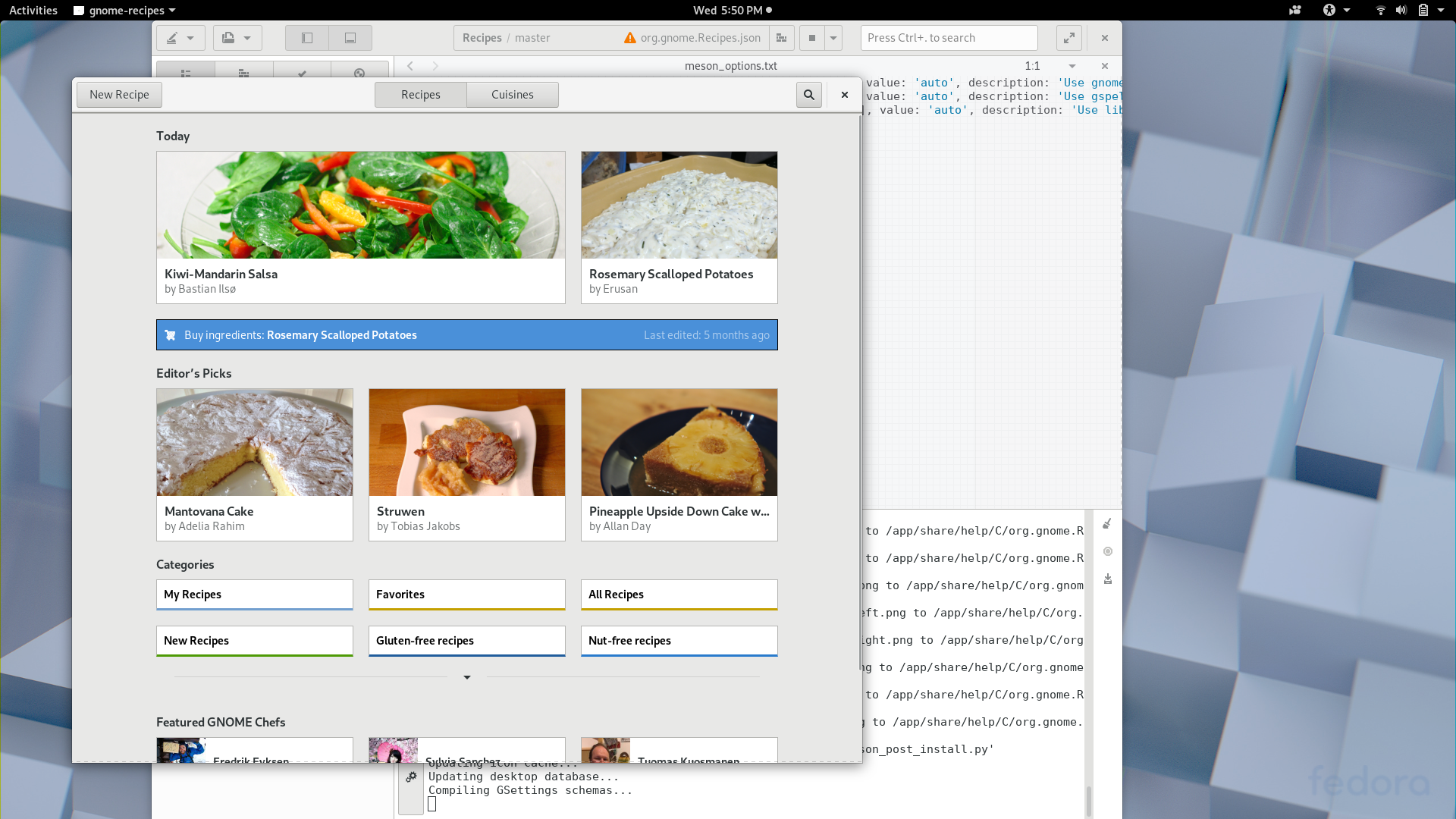
By default, Fedora creates a separate partition for the home and root directories. The latest version of Fedora has a very basic look and feel, with the Adwaita theme being the default for Gnome. Firefox and Libre Office come installed by default. The kernel version can be checked, and the latest version is available.

This is a significant change for Fedora, which traditionally does not facilitate proprietary applications.
Fedora workstation vs server vs atomic software#
The newly updated Fedora is now available, with actual application listings provided.įedora also supports enabling third-party software repositories, and we can find the Google Chrome repository in the Open Software repositories.
Fedora workstation vs server vs atomic install#
It is always a bad idea to install updates via the terminal without using a utility such as a screen or terminal, unless it is a disposable installation. Open the terminal and type: sudo yum updateĪfter completing the update, click on “Yes,” and then manually reboot the system to complete the process. One can do the updates directly from the terminal window as well. ‘Updates Tab’ helps check any spinning updates in progress. Click on the ‘Let’s go shopping’ option and give a minute to refresh in order to check for pending updates. One can open the Gnome software and find the applications and updates available for download. There are various tutorials provided on using Fedora’. The ‘Getting Started’ guide and ‘Gnome Help’ option is available as well. One can make use of the ‘Activities’ option to open the ‘Help’ window. The installation is now complete with the below confirmation window. Now choose the option ‘Begin Installation’. Click on ‘Done’ once all the checks are complete. If this is occurring on a machine using an existing OS (Windows or Linux), a prompt comes up to reclaim the space. Here, under ‘Local Standard Disks’, one can select the targetted hard drive for installation. Now, click on the ‘Installation Destination’ option. Once selected, proceed to click on the ‘Continue’ button. However, to install Fedora, select the first option.Ĭlick on the ‘Install to Hard Drive’ option to load the installation and create the necessary partitions.Ĭhoose the preferred language from this window. One selects the second option if one wishes to test the media and navigate the live environment options. Thus, it is a risky installation process. One can install Fedora on a different computer or the same one, but one should know that it will delete the Windows OS if there is not sufficient space to partition the drive. Plug in the USB into which the installation is to be copied and select ‘write to disk’ from the pop-up window.

After running the file, the entire installation package, which is approximately 1.8GB in size, is downloaded.

The ‘Download Now” option copies the Fedora media writer for Windows onto the local machine.


 0 kommentar(er)
0 kommentar(er)
